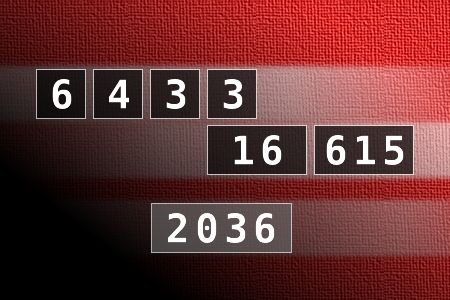Calculate the number 2036
NUMBERMANIA: Calculate the number 2036 using numbers [6, 4, 3, 3, 16, 615] and basic arithmetic operations (+, -, *, /). Each of the numbers can be used only once.Correct answers: 1
#brainteasers #math #numbermania

A man entered the bus with bot...
A man entered the bus with both of his front pockets full ofgolf balls and sat down next to a beautiful (you guessed it) blonde.
The puzzled blonde kept looking at him and hisbulging pockets.
Finally, after many such glances from her, he said, "It'sgolf balls".
Nevertheless, the blonde continued to look at himthoughtfully and finally, not being able to contain her curiosity anylonger, asked, "Does it hurt as much as tennis elbow?"
The puzzled blonde kept looking at him and hisbulging pockets.
Finally, after many such glances from her, he said, "It'sgolf balls".
Nevertheless, the blonde continued to look at himthoughtfully and finally, not being able to contain her curiosity anylonger, asked, "Does it hurt as much as tennis elbow?"

